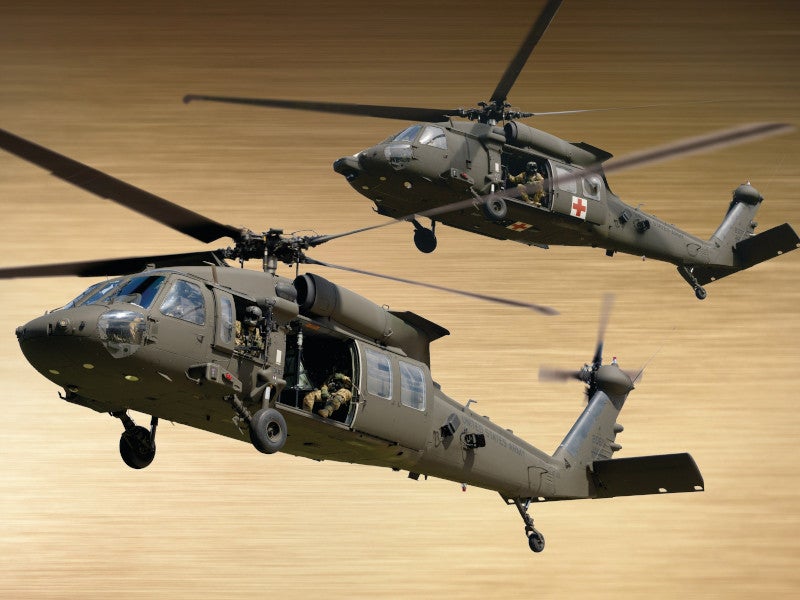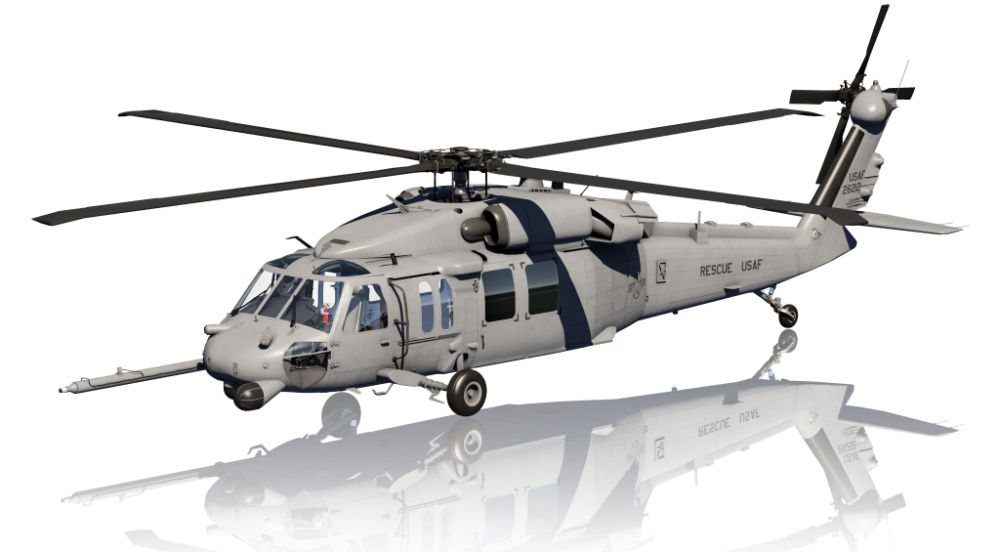A Comprehensive Guide to the Upkeep and Treatment of Airplane for Longevity
The durability of an airplane hinges dramatically on its upkeep and treatment, necessitating an organized approach to make sure ideal efficiency and safety and security. Comprehending the intricacies of these techniques can be complicated; therefore, it is necessary to discover the crucial elements that add to efficient airplane care and the implications of overlooking these duties.
Value of Regular Upkeep
Regular upkeep is important for the safety, efficiency, and longevity of airplane. An organized strategy to maintenance guarantees that all elements operate optimally, thus reducing the risk of mechanical failure during procedure. Regular assessments and servicing enable service technicians to identify possible issues before they rise into substantial issues, ensuring that the aircraft stays in conformity with aviation guidelines.
Moreover, preserving an aircraft according to the supplier's standards is vital for maintaining its value. A well-documented upkeep history can boost resale potential customers and impart confidence in possible purchasers. Additionally, routine maintenance adds to functional efficiency, as it helps to maximize fuel usage and performance metrics, bring about cost savings over time.
Furthermore, normal maintenance adds to the total security of flight operations (uh 60). By addressing wear and tear without delay, drivers can reduce risks related to aging airplane systems. This aggressive strategy not just shields the lives of travelers and crew but also safeguards the aircraft itself versus tragic failings

Daily Inspection Checklist
How can pilots and upkeep crews make sure the airplane remains in optimal condition prior to each trip? The answer depends on a complete day-to-day examination checklist, which offers as a vital protocol to recognize prospective concerns that could endanger safety and efficiency. This list needs to encompass several vital locations, including outside and indoor examinations, as well as practical checks of critical systems.
Starting with the exterior, staffs must analyze the airframe for any noticeable damage, leaks, or indicators of deterioration. Interest should be paid to control surfaces, landing gear, and the problem of tires. Moving to the interior, the staff should validate that all instruments and controls are operational, guaranteeing that digital systems are operating correctly.

Along with architectural checks, it is vital to check gas degrees and confirm that all needed papers, including enrollment and weight and equilibrium info, depend on day. Finally, a review of emergency devices, including life vests and fire extinguishers, have to be performed to make certain conformity with security policies. By carefully following this everyday evaluation list, pilots and maintenance staffs can considerably enhance the security and dependability of their aircraft.
Scheduled Upkeep Programs
Arranged upkeep programs are vital for the lasting security and performance of airplane operations. These programs are created to make sure that all airplane elements undergo regular evaluations, maintenance, and needed fixings at fixed periods. By sticking to a structured upkeep routine, operators can considerably reduce the risk of in-flight failures, enhance airplane dependability, and extend the lifespan of vital elements.
Typically, set up maintenance is classified into different degrees, including A, B, C, and D checks, each with unique demands and thoroughness. A checks are typically much more regular and concentrate on standard aesthetic assessments and small repair services, while D checks are a lot more thorough and happen less often, including extensive disassembly and overhaul of the airplane.
Regulative bodies, such as the FAA and EASA, mandate conformity with certain upkeep routines based on aircraft kind and usage. Operators has to keep meticulous records of all maintenance done to show conformity and promote assessments. The assimilation of predictive upkeep innovations can better enhance the effectiveness of scheduled programs by determining prospective concerns prior to they intensify, consequently making certain that aircraft stay in optimal condition and all set for secure operations.
Take Care Of Aircraft Interiors
Looking after aircraft insides is vital not just for traveler comfort but likewise for maintaining the overall value and safety and security of the aircraft. Regular cleansing and upkeep of the interior components contribute significantly to a favorable flying experience while maintaining the airplane's aesthetic allure.
To make sure ideal treatment, it is necessary to establish a regular cleaning routine that includes vacuuming carpetings, wiping down surface areas, and sanitizing high-touch locations. Upholstery and seating need to be checked for damage, with any type of damage immediately resolved to protect against additional deterioration. Furthermore, focus has to be offered to the galley and lavatory locations, which require complete cleansing and restocking of products to preserve hygiene.
Additionally, the usage of appropriate cleaner is essential; rough chemicals can damage finishes and materials, so it is suggested to make use of products especially developed for airplane insides. Normal evaluations should additionally be carried out to recognize any type of maintenance requires, such read more as replacing damaged seat covers or repairing window tones. By prioritizing the care of aircraft insides, operators can improve the general passenger experience and shield the investment in their airplane.
Recognizing Regulatory Conformity
Regulatory conformity is a crucial element of airplane maintenance, usually requiring drivers to follow a complicated structure of neighborhood, national, and global standards. This structure is primarily established by air travel governing bodies such as the Federal Aviation Management (FAA) in the USA and the European Union Air Travel Safety Agency (EASA) in Europe - uh 60. These organizations establish forth laws that regulate different elements of airplane maintenance, consisting of airworthiness, safety and security methods, and functional procedures

Additionally, operators must stay notified concerning adjustments in policies and join training programs to make certain that their team is well-informed concerning conformity requirements. Failing to adhere to these policies can result in serious fines, consisting of fines, grounding of aircraft, or loss of certification. Consequently, understanding and adhering to pop over to this web-site regulatory conformity is extremely important for the long life and security of aircraft operations.
Conclusion
Finally, the upkeep and care of aircraft are critical for making certain longevity, security, and functional effectiveness (uh 60). Regular examinations, adherence to everyday lists, and systematic upkeep programs help with the early recognition advice of possible issues. Focus to the airplane's inside and conformity with regulatory standards considerably add to preserving its value. By applying these methods, operators can boost the general experience for guests while protecting the investment in aviation assets.
The durability of an airplane hinges considerably on its maintenance and care, demanding a structured method to guarantee optimum performance and security. By carefully following this day-to-day evaluation list, pilots and upkeep teams can substantially boost the safety and security and integrity of their airplane.
These programs are designed to make certain that all airplane parts undertake normal evaluations, maintenance, and necessary repair work at fixed periods. By prioritizing the care of aircraft insides, operators can improve the general traveler experience and protect the investment in their airplane.
In verdict, the upkeep and care of airplane are critical for making sure long life, safety, and operational performance.